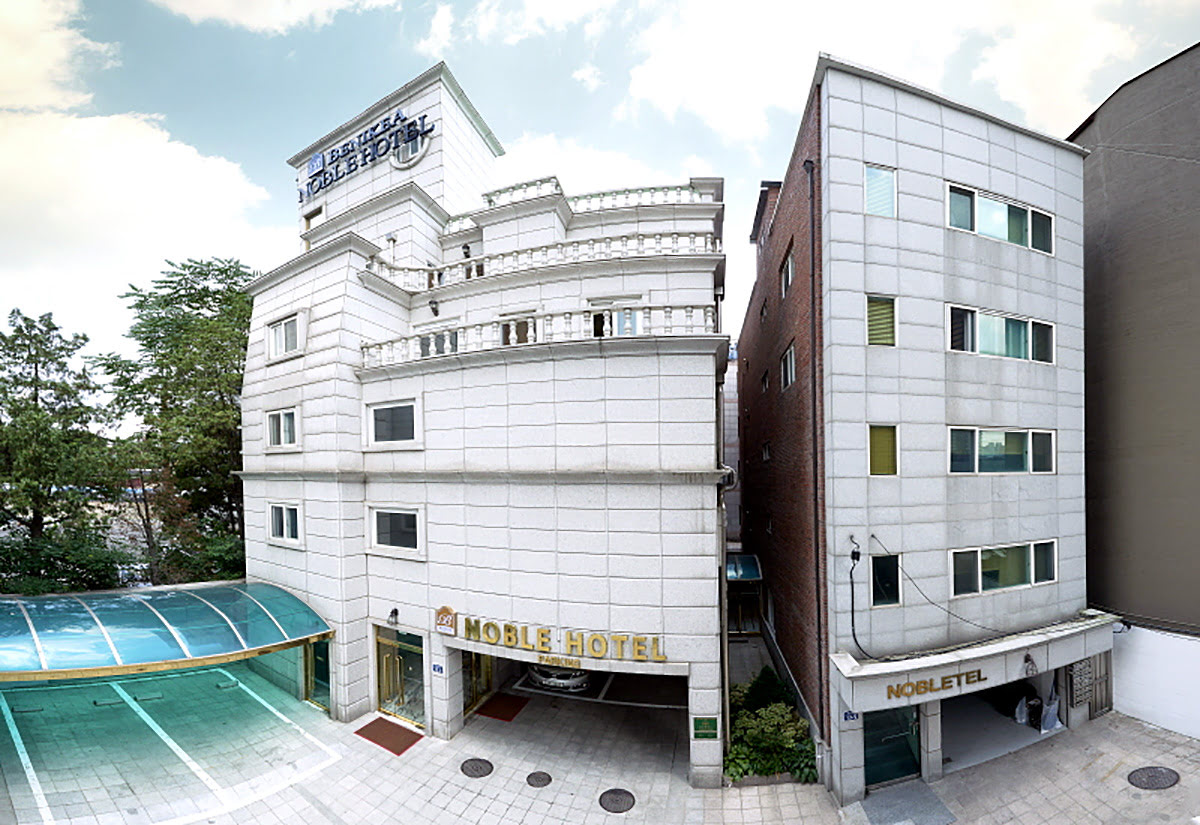Tucked between the bustling neighborhoods of Insadong and Samcheong-dong in the heart of Seoul lies Bukchon Hanok Village—a charming window into Korea’s rich cultural past. Home to hundreds of traditional hanok houses, this serene hillside village offers visitors a rare chance to step back in time and walk through narrow lanes lined with beautifully preserved architecture from the Joseon Dynasty. Among its most treasured spots is the Bukchon Traditional Crafts Center, where travelers can immerse themselves in authentic Korean arts, from hanji (traditional paper) making to knot tying, ceramics, and embroidery. It’s the perfect destination for those who want a deeper understanding of Korea’s cultural roots and craftsmanship.
In this article, we’ll start with an Intro to Bukchon Hanok Village & Bukchon Traditional Crafts Center, laying out everything you need to know about the history, significance, and unique charm of this area. We’ll then guide you through Shopping & Things to Do Near Bukchon Hanok Village, where traditional souvenir shops and art galleries blend seamlessly with the village’s historic atmosphere.
If you’re wondering where to eat, we’ve got you covered with a curated list of the Best Places to Eat at Bukchon Hanok Village, featuring everything from cozy teahouses to modern Korean bistros. For those who want to experience Seoul after dark, we’ll highlight the Bars, Lounges, & Nightlife Near Bukchon, offering nearby spots with great ambiance and drinks. Finally, we’ll detail the most convenient Transportation Options for getting to and from Bukchon stress-free.
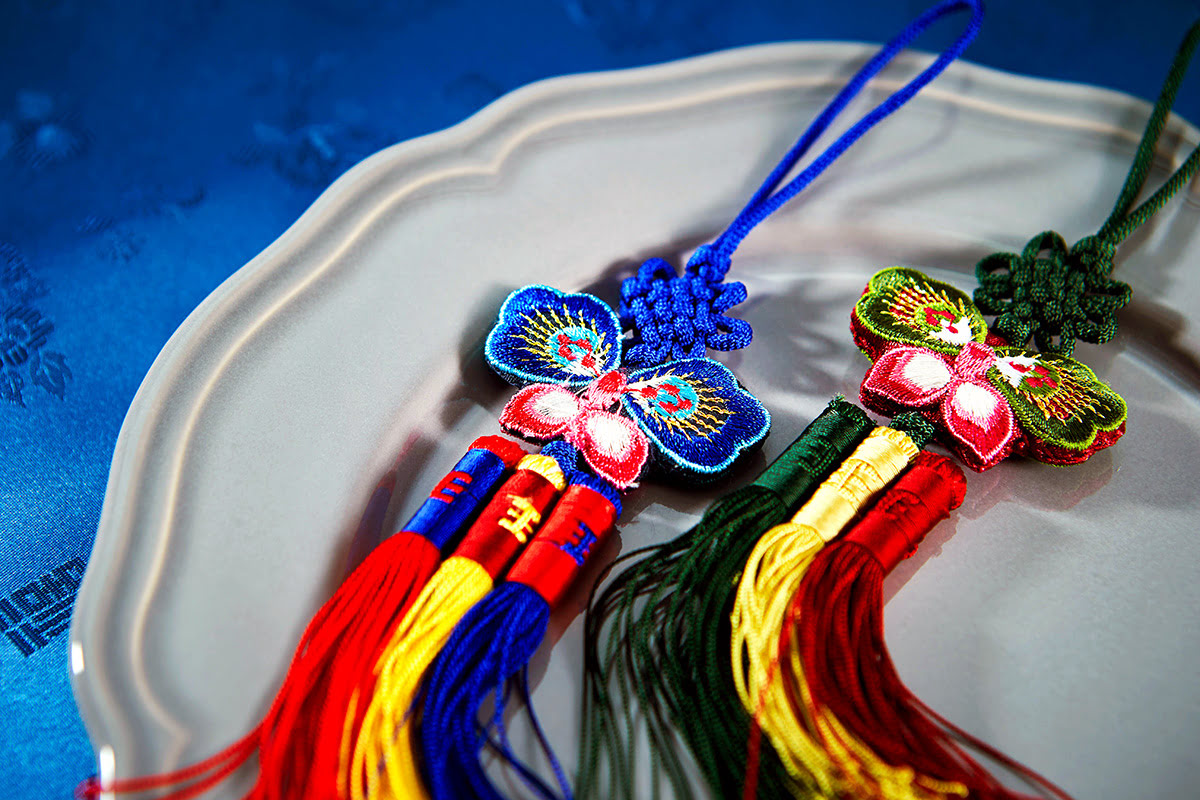
Intro to Bukchon Hanok Village & Bukchon Traditional Crafts Center
No trip to Seoul is complete without a visit to the traditional village of Bukchon. This remarkable neighborhood features wonderfully preserved hanok (traditional Korean houses), in addition to offering a great cultural experience where visitors can learn about the traditional craft of the area at the traditional craft centers.
The Bukchon Traditional Crafts Experience Centre enables visitors to learn various traditional arts and crafts, in addition to learning more about Korean culture. These traditional craft centers offer visitors insight into Korean culture and let them learn a traditional craft or two while they visit. You can learn about Korean tea ceremonies, handicrafts (such as calligraphy and embroidery), gugak (traditional Korean music) and enjoy different cultural seminars that are held in the experience center.
If you want to be fully immersed in the culture of Bukchon Village, be sure to rent a hanbok (traditional Korean clothing).
Individuals from all over the world travel to Seoul to experience Bukchon Hanok Village. Because of the rapid increase in interest, the neighborhood has implemented visiting hours. If you are planning on visiting either Bukchon or the Bukchon Traditional Crafts Center, it may be wise to plan ahead and book a tour or be certain that you arrive within the allotted visiting hours.
Hanok Village accepts visitors from Monday to Saturday, and is open during the hours of 9 a.m. to 5 p.m. Bukchon Village is not open for visitors on Sundays. However, the traditional craft centers are open all weekend.
It is good to remember that, though this area does see many tourists, it is a residential neighborhood. While it is lovely that you are able to experience traditional architecture and traditional crafts here, it is best to be respectful when visiting Bukchon Hanok Village: be sure to take photographs thoughtfully, keep your voice at a respectful level and honor the beautiful nature of this traditional area.
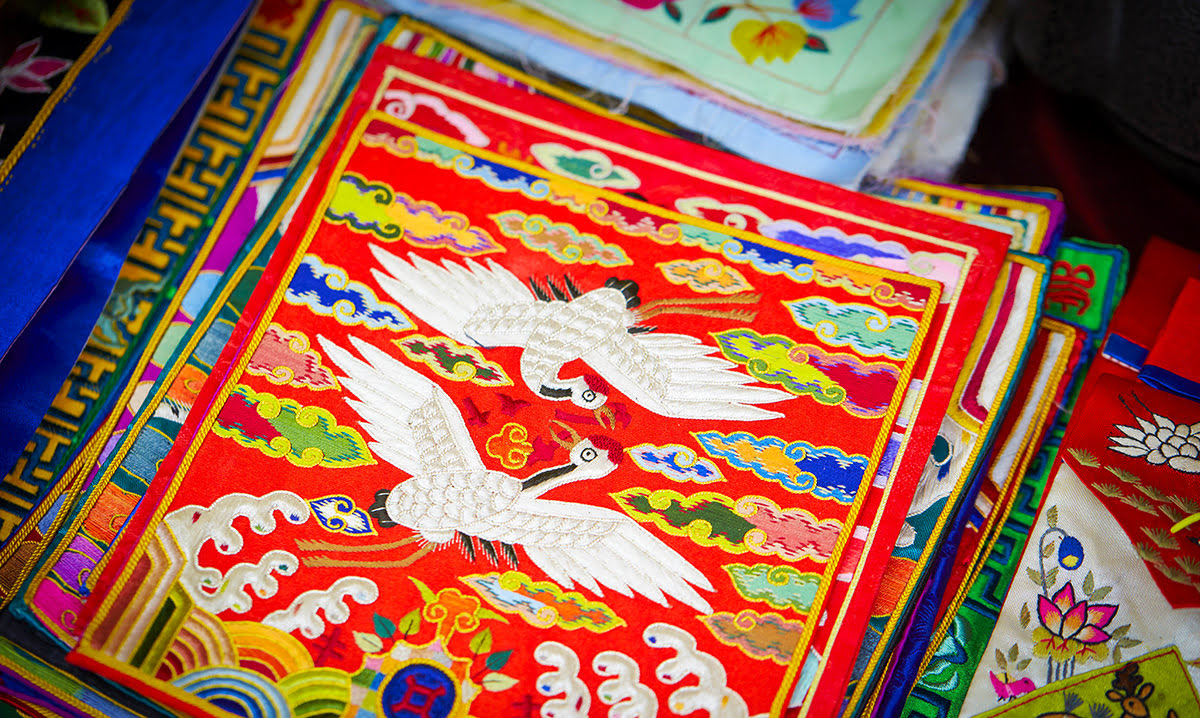
Shopping & things to do near Bukchon Hanok Village
When visiting the Bukchon Traditional Crafts Center, there is much to see and do. From the wonderfully preserved buildings to hands-on arts and crafts, you will feel as if you’ve stepped back in time. Whether you’re just stopping through to experience some traditional arts and crafts, to see the buildings, or to enjoy the vibrant South Korean culture, there is a lot to see and do around the Bukchon Traditional Crafts Center.
- Hansansoo Embroidery Museum: Keeping with the traditional craft experience of Bukchon Hanok Village, this museum features beautiful, handcrafted embroidered art to enjoy.
- Gahoe Museum: This hands-on museum allows visitors to try their hand at crafting some art. Paint your own panel, tote bag, or cards as you learn about the different artistic styles. If you aren’t into creating art, the museum also features a great collection of Korean art inside Bukchon Hanok Village.
- Insadong Ssamzigil: If you’re looking for something a little more modern, then the retailers, fashion options and food at Insadong SSamzigil mall is the choice for you. The mall is located at Anguk Subway Station.
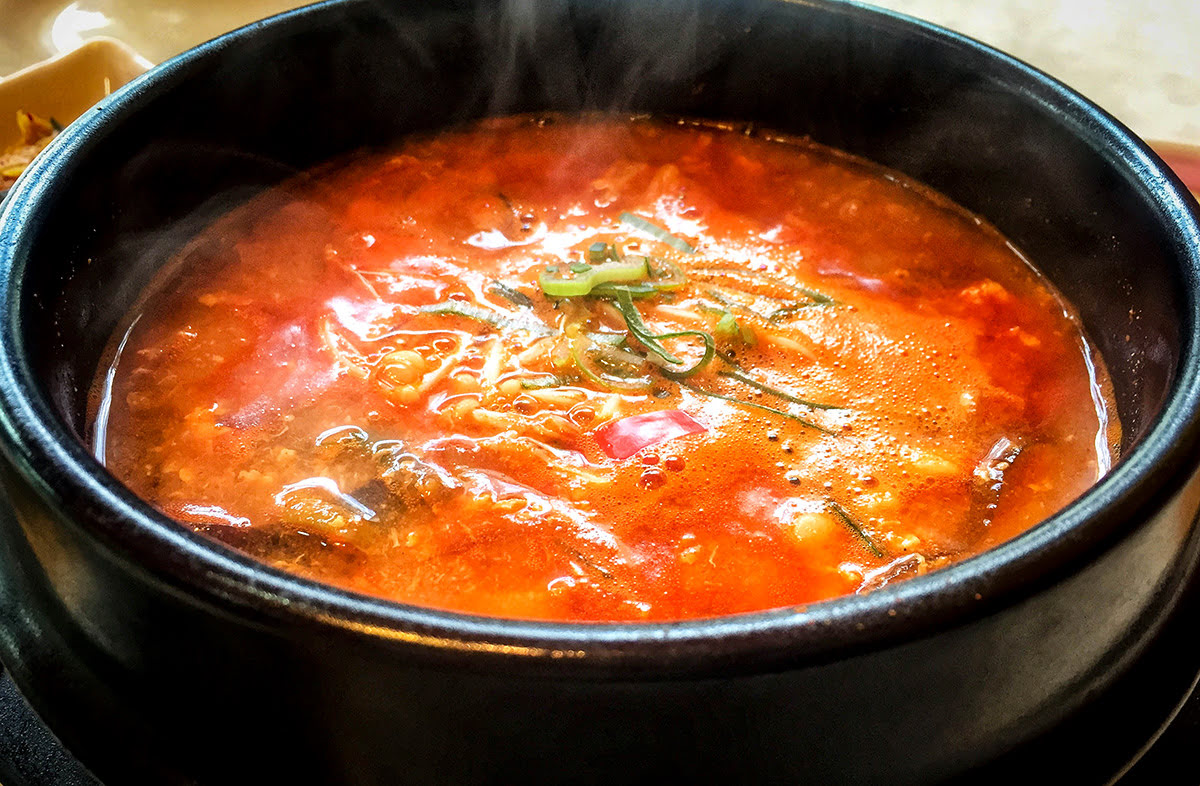
Best places to eat at Bukchon Hanok Village
While the experience centre at Bukchon Hanok Village is primarily centered around sharing cultural experiences and expertise, the neighborhood is surrounded with great Korean food choices. After spending the day admiring traditional handicrafts in Bukchon Hanok Village, why not continue exploring by choosing one of the area’s great restaurants? Whether you’re looking for traditional Korean fare, or something quick and delicious, you’ll never go hungry in the Bukchon Hanok Village neighborhood.
- Cha-teul: If you’re looking for a relaxing teahouse that’s a little off the beaten path, then Cha-teul is a great choice. Choose from delicious traditional Korean food while enjoying the view. Cha-teul is located inside Bukchon Hanok Village.
- Wood & Brick: If you’re looking for a quick snack or some delicious pastry, this bakery located at the north end of Bukchon Hanok Village is perfect. With European-style deli choices, sandwiches, and baked goods, there are many delicious food options to choose from.
- Jaedong Sundubu: Located nearby both Bukchon Hanok Village and the Anguk Subway Station, this restaurant features Sundubu-jjigae (also known as soondubu), which is a delicious tofu stew. If you’re looking for a warm, soothing meal then Jaedong Sundubu has just what you need!
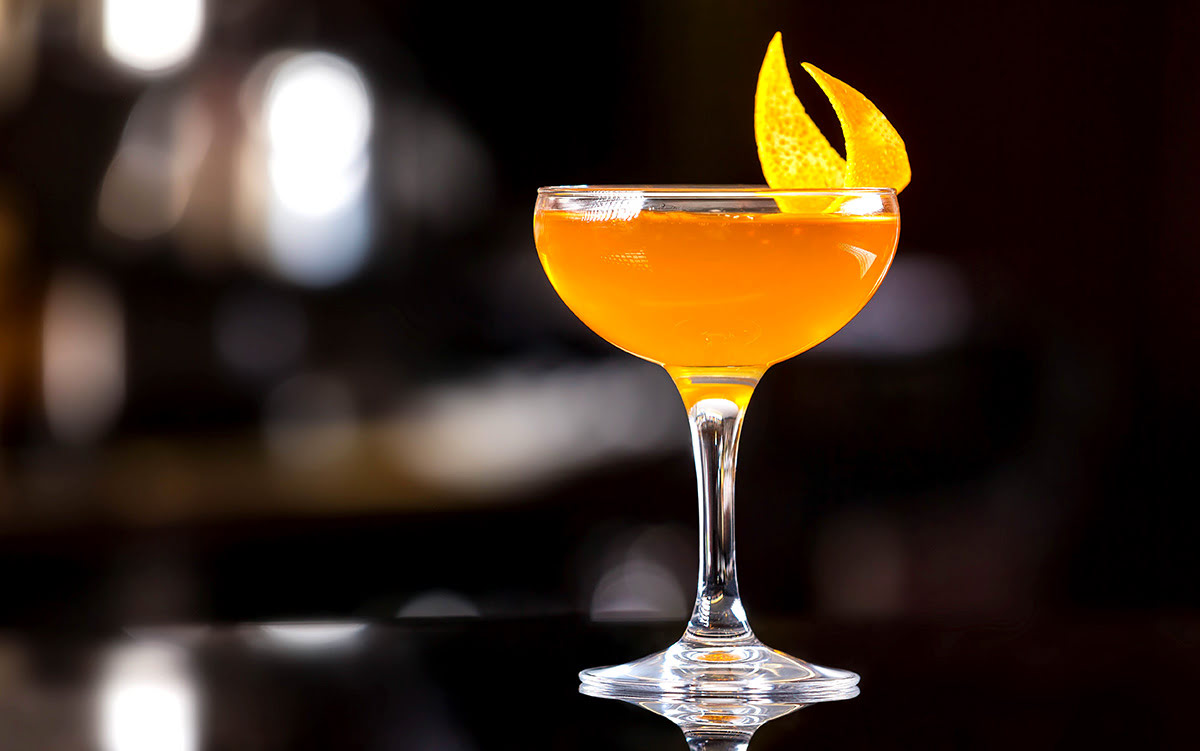
Bars, lounges, & nightlife near Bukchon Hanok Village
While Bukchon Hanok Village may be steeped in history, that doesn’t mean you can’t find a modern bar or lounge in Seoul after admiring some traditional handicrafts. Fortunately, there are many great options near the village or a short transit ride away.
- COZY bar: Located a few blocks away from the Bukchon Hanok Village, COZY bar is a relaxed bar that offers great late-night snacks and affordable drinks.
- Goose Island Pub: Just a quick Subway ride away from Bukchon Hanok Village and very close to the Jongno 3-ga Subway Station, Goose Island Pub offers a cozy atmosphere and great beer.
- KilliBAnBan: Close to the Gyeongbokgung Subway Station, KilliBAnBan features beer, snacks, great cocktail options, and a good atmosphere.
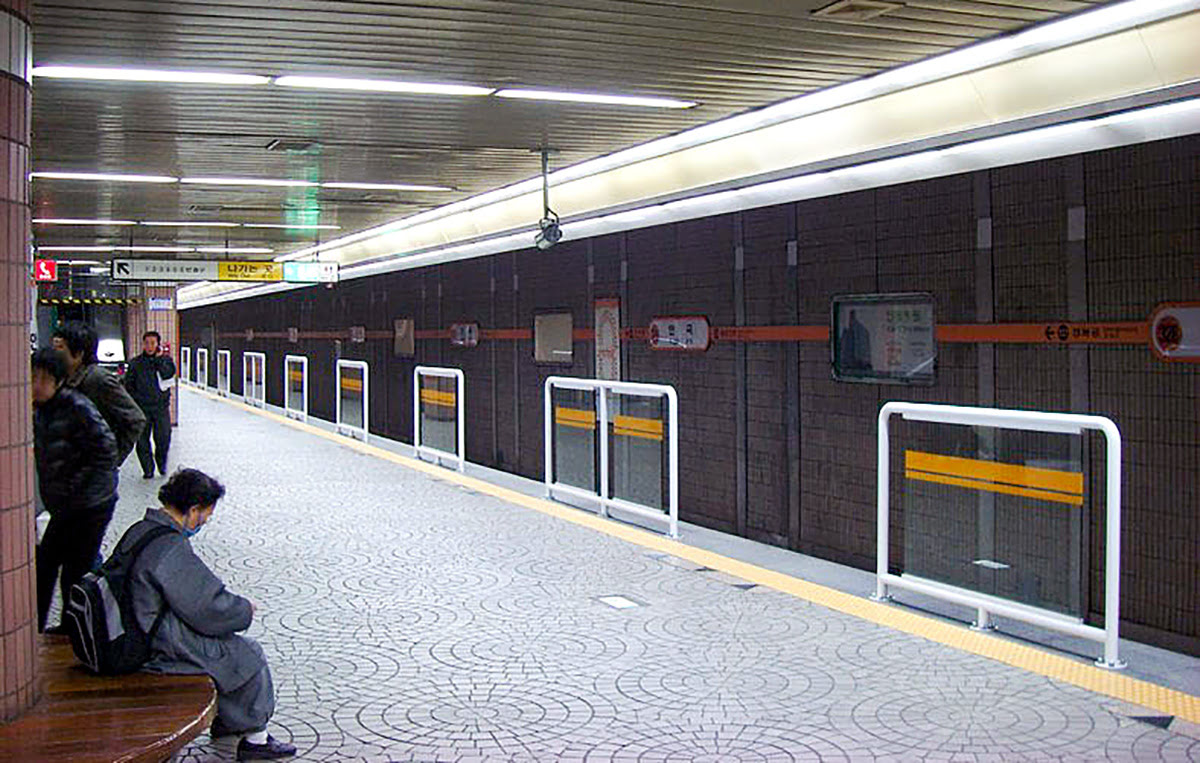
Transportation options at Bukchon Hanok Village
Seoul has many transportation options available in the city and it will be up to you to determine how you’d like to travel. A great option for visitors is the Seoul Subway Line. Line 3 of the Seoul Subway will take you to the Anguk Subway Station, which is located just a short walk away from the traditional Bukchon Hanok Village. If you’re not used to using a subway system, try not to worry. Signs in the Seoul Subway system are in both Korean and English and the subway system is very reliable, with trains arriving every five minutes or so.
The Seoul Subway can take you all over the city, and even into the suburbs, so as far as transportation goes, this may be your best bet when you are in Seoul or looking to get to Bukchon Hanok Village. Be aware, however, that when you travel during peak times (during the morning or afternoon rushes), the subway cars will be very busy, so it may be best to travel outside of peak hours. Basic fares within Seoul cost between 1,250 won (about $1.10 USD) and 2,000 won (about $1.80USD). Be sure that you retain your ticket for the entire duration of your trip as you will need your validated ticket in order to be able to leave the subway station.
Additionally, there is a great bus system in place in Seoul, with bus routes that can take you short or long distances. The bus system is conveniently color-coded, with yellow, blue, green, and red buses. Yellow buses are designated for the Central Business District (which is also the Downtown area and connects with many tourist sites); blue buses connect Seoul’s suburbs with the downtown area; green buses connect to residential areas and take riders to transfer points; and red buses are express buses for commuters. Bus fares range are 1,050 won ($0.95 USD) and up, depending on the length of your trip.
South Korea also has a great train system that can take you to other locations around the country. Korail is the largest train station running in South Korea and offers a “KR Pass,” which allows foreign visitors to travel at a discount.
Additionally, you can also opt to take a taxi around the city. Though this option is costlier than the bus or subway.
If you are ever unsure about how to get to your destinations or don’t know which transportation method would be best, you can always make a point to ask your hotel’s guest services or concierge for advice on which mode of transportation to take.
